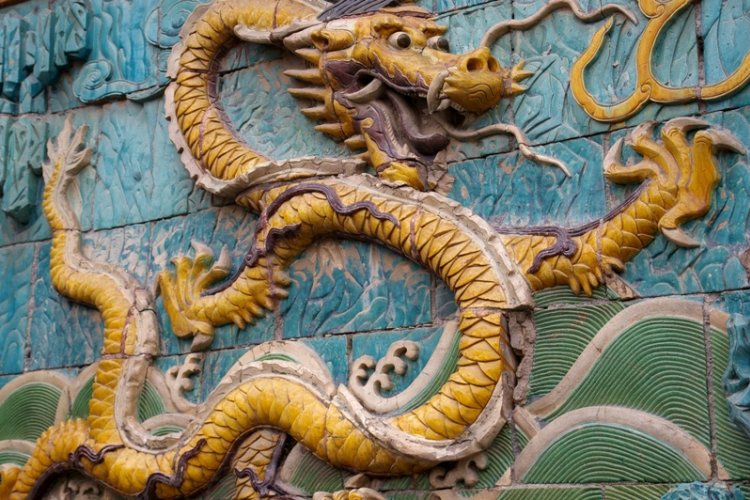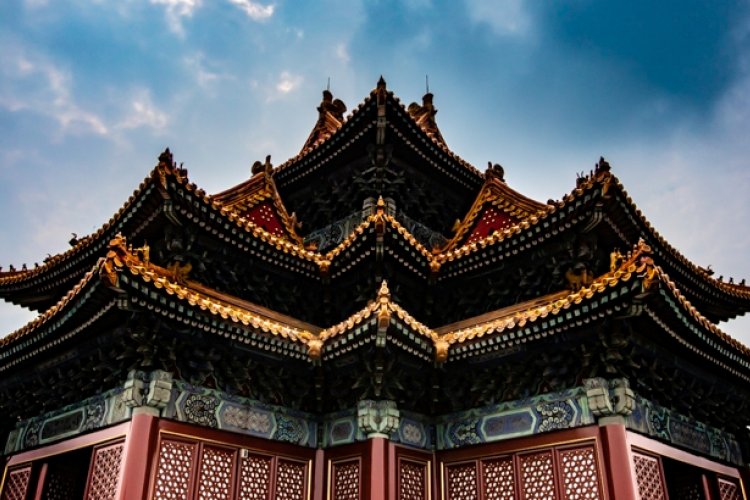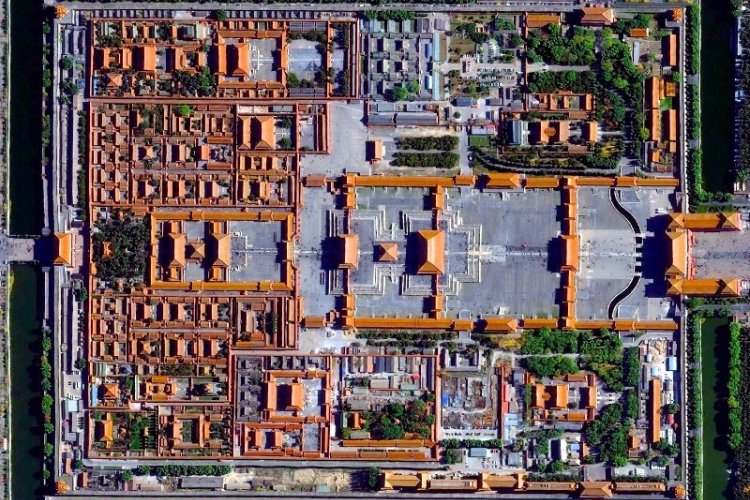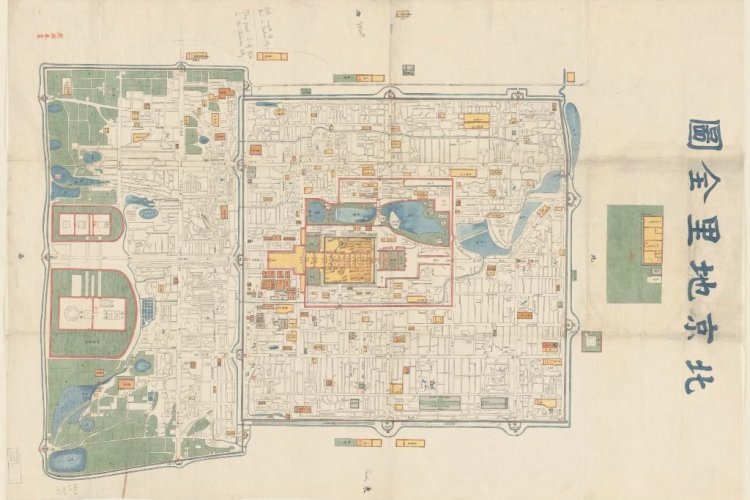Forbidden City Announces Plan to Open 75 Percent of Palace to Public by End 2016
While it cracked Conde Nast Traveler’s list of the 50 Most Beautiful Places in Asia, many people consider the Forbidden City to be a one-way monolith of calculated sameness, like Ikea without the meatballs or the strategically-priced modular furniture.
Desperate to change its image as an enormous tourist trap, the palace administration is in the midst of a 10-year project to give the Forbidden City its most intensive makeover since the Qianlong Emperor roamed its halls in the 18th century.
This week, the Forbidden City's Shan Jixiang, director of the Palace Museum, unveiled the next stage in the process of bringing the Forbidden City back to life. Three new areas will open later this year, so that by the end of 2016, almost 75 percent of the palace will be open to visitors compared to the two-thirds currently accessible to the general public.
Last October, several areas long off-limits to visitors opened to the public. The new restorations, many located along the western edge of the Forbidden City, featured gardens and residences restored to their 18th-century glory. Exhibition space is also now open on top of the Meridian Gate. Visitors can also now stroll along the top of a section of the Forbidden City’s outer walls between the main gate and the Donghuamen Gate on the eastern edge of the palace.
Areas scheduled to open in 2016 include two new footpaths, one connecting the southwest corner of the palace with the northwest corner and the other linking the southeastern and northeastern corners.
By the end of this year, it will be possible to travel the length of the palace without needing to join the tourist throngs, 90 percent of whom march dutifully down the central axis of the Forbidden City. The paths will also connect the galleries at the Hall of Martial Valor with the newly opened palaces in the Western sections of the Forbidden City.
Director Shan also announced plans to demolish almost 14,800 square meters of modern buildings and other temporary structures including offices, warehouses, greenhouses, and other structures built around the area over the past several decades.
While no indication has been given as to which structures are being targeted for demolition, one wonders if the three “screen buildings,” located just inside the western walls and across from Zhongnanhai will be among the casualties. Given their current occupants – the Number One Historical Archives and the People’s Armed Police – they seem likely to avoid demolition despite being the largest the and most obvious recent additions to the palace landscape. A three-year timetable has been set for the demolition and removal of the offending edifices.
Director Shan also announced two new attractions for visitors the palace. A glass-walled path and a 13,000-square-meter studio will allow visitors to observe the restoration of historical artifacts. The popularity of shows such as Masters of the Forbidden City (known in China as 我在故宫修文物, for more information click here) has sparked interest in the usually staid field of historic preservation.
A new children’s pavilion, located towards the north end of the palace among the Inner Palaces, will also open this year.
Photo: blog.airpaz.com


![[NR] Forbidden City Book Photo by Haiwei Hu/Getty Images. All Rights Reserved.](https://www.thebeijinger.com/sites/default/files/styles/blog_list_image/public/thebeijinger/blog-images/265699/5_c_haiwei_hu_getty.jpg)




